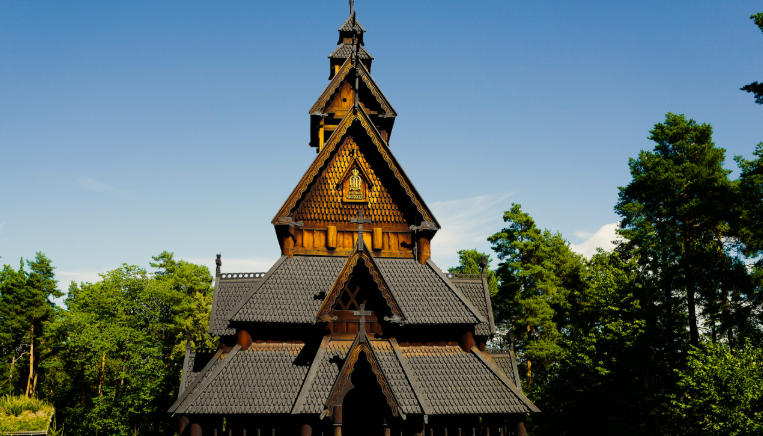The Geography of Norway’s Capital
Oslo, Norway’s capital, is a city that enthralls with its unique blend of urban life and nature. Perfectly situated between the Oslo Fjord and the surrounding forests, this geographic setting not only contributes to its stunning landscapes but also influences the lifestyle and culture of its residents. Understanding Oslo’s geography offers insights into why it is one of the most interesting capitals in Europe.
Natural Wonders of the Oslo Fjord
One of Oslo’s most prominent geographical features is the Oslo Fjord, a picturesque inlet formed by glacial activity. Stretching over 100 kilometers, the fjord is dotted with approx. 1,190 islands, many of which are accessible by ferry. The area is perfect for outdoor activities such as kayaking, sailing, and swimming during the warmer months. Residents and visitors alike enjoy the scenic beauty and abundant wildlife, making the fjord a vital part of the city’s identity. The waterfront also serves as a social hub, with parks and cafes lining its shores, encouraging a vibrant community atmosphere.
The Green Heart of Oslo: Forests and Parks
The surrounding forests of Oslo, particularly Oslomarka, provide a striking contrast to the urban landscape. Covering about 1,000 square kilometers, these lush woodlands offer hiking, biking, and skiing opportunities, catering to adventure seekers year-round. With many trails weaving through the forests, locals often escape the hustle and bustle of city life to enjoy nature. The multitude of parks within the city, such as Frogner Park and Ekebergparken, further enhances Oslo’s green image, showcasing art, sculptures, and beautiful gardens. This emphasis on green spaces not only brings ecological benefits but also significantly enriches the quality of life for Oslo’s residents.
Diverse Neighborhoods and Urban Layout
Oslo’s neighborhoods are as diverse as its landscape. Each area has its own charm and character, from the historic Akershus Fortress to the trendy Grünerløkka district, known for its vibrant street art and cafe culture. The city is laid out in a way that encourages exploration, with an extensive public transport network that makes it easy to navigate. The combination of waterfront promenades, spacious squares, and inviting streets fosters a sense of community and welcomes visitors to experience Oslo’s rich culture. Moreover, ongoing urban development projects aim to enhance the city’s appeal while maintaining its commitment to sustainability.
In conclusion, Oslo is a city where geography plays a central role in shaping its culture, lifestyle, and community. From the breathtaking fjord and lush forests to the vibrant neighborhoods, there is so much to explore. Whether you’re a local or a traveler, taking the time to appreciate Oslo’s unique geographical features can lead to unforgettable experiences. Consider planning a visit or engaging in local activities to truly understand what makes this capital special!

